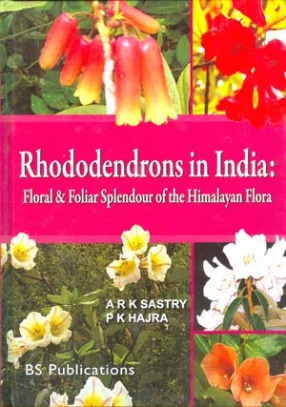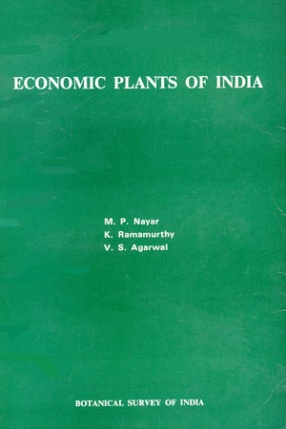In India, the problem on threatened plants was first discussed in the 11th Technical Meeting of the IUCN in 1969 in which important papers were presented on the subject. Subsequently, the Botanical Survey of India published a small book-let: Threatened plants of India–A state-of-the Art Report, in 1980. Following this, concerted efforts on the subject were made in the years 1980-85, through a programme: Project on study, Survey and Conservation of Endangered Species of Flora, (POSSCEF) supported by the U.S. Fish & Wildlife Serive (under PL-480 scheme) in the Botanical Survey of India and valuable base-line data on nearly 1000 threatened and, endangered plant species have been gathered, resulting in several useful and important publications. The survey has also simultaneously taken up studies on endemic plant species. All this data had given impetus for writing up of Red Data Sheets on some threatened plants and a small beginning was made by the scientists working in the project POSSCEF in the Botanical Survey of India and a book entitled: The Indian Plant Red Data Book-I (Eds. Jain & Sastry) with 125 data sheets of flowering plants was published in 1984. Several other researchers in other botanical institutions have also started collecting valuable data on threatened and endemic plant species. This has prompted the Botanical Survey of India to gather all such information from different sources in order to bring out comprehensive publications of Red Data Books on threatened and endangered plants of our country. Hence this present volume. This volume includes 235 vascular plant species of Indian flora. A majority of these data have been received from botanists of the Botanical Survey of India engaged in the revision of flora of India and in field explorations in floristically rich areas in the country. The BSI has also obtained the benefit of some botanists, working in other research institutions who are knowledgeable on the subject. In this volume, in presenting the scientific data for each species, the format given in the IUCN Plant Red Data Book (Eds. Lucas &n Synge, 1978) gas largely been adapted. The families, genera and the species (and varieties) are arranged alphabetically. The currently used botanical name is given at the top of the page on the left side (in roman bold print) and its family on to its right (in capital letters). Illustrations for several species are given with suitable captions under each. These illustrations have been placed nearest to the corresponding data sheet. Besides, a few black & white and colour photographs for some species have been given at the beginning of the book. The IUCN Plant Red Data Book categories have been adopted in assigning status for each species; the definitions to the categories are appended in annexure-I for ready reference. To elucidate more details on the status survey of endangered species and the process of extinction in plant species, etc., some relevant portions from the chapter: extinction of species and concept of rarity in plants, from the book: Endemic plants of Indian region (A. Ahmedullah & M.P. Nayar 1987, published by the Botanical Survey of India), have also been given in annexure-II.
Rhododendrons in India: Floral and Foliar Splendour of the Himalayan Flora
The Genus Rhododendron is ...
$80.10
$89.00









There are no reviews yet.